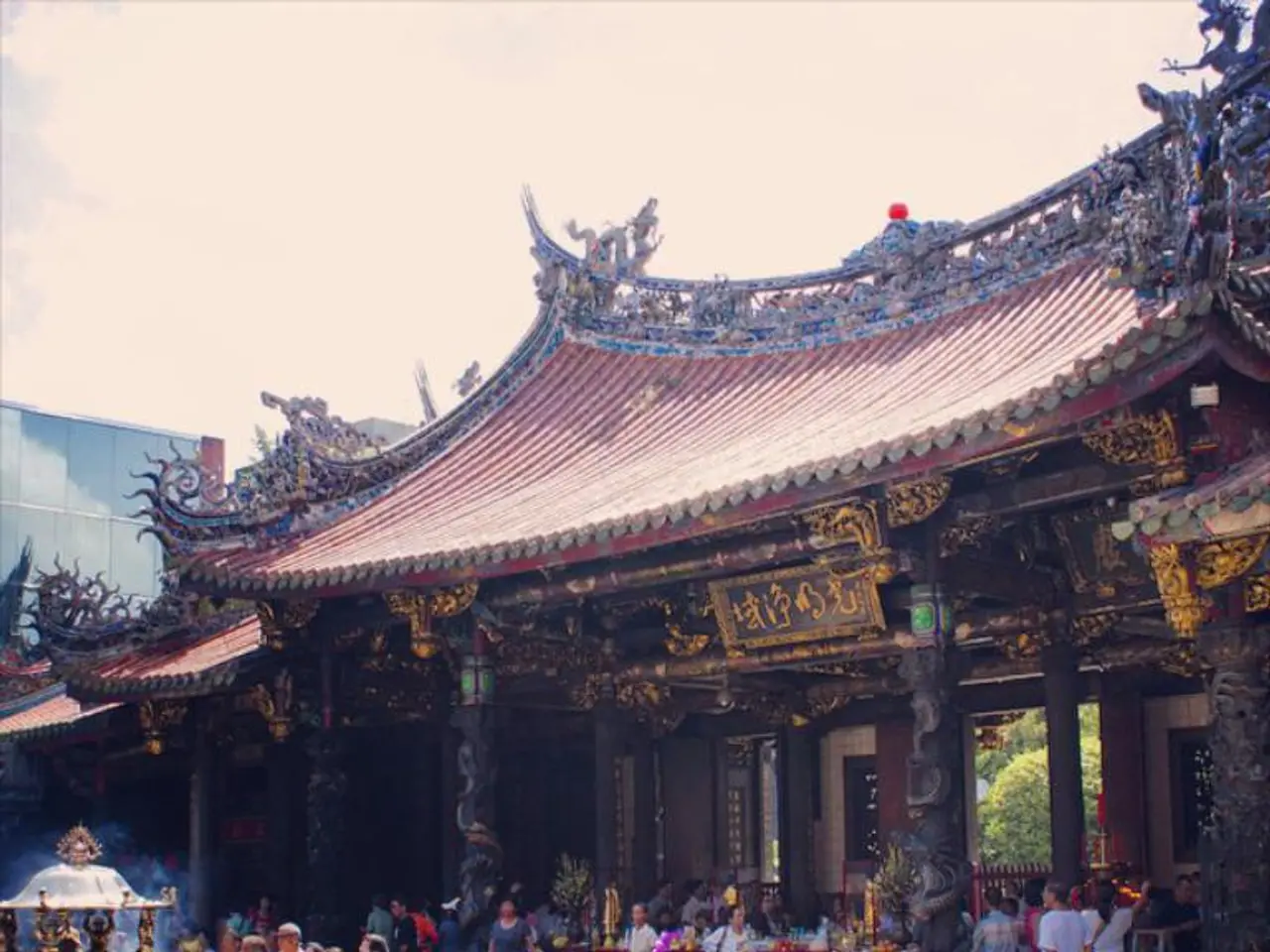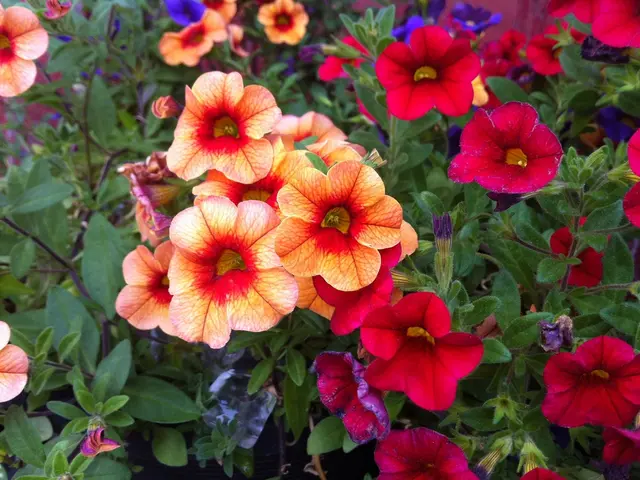Exploring the Roots of Japandi: Philosophical Foundations of a Unique Aesthetic
In the realm of fashion, a new movement is making waves - Japandi, a unique blend of Japanese minimalism and Scandinavian functionality. This trend, rooted in the Japanese philosophy of wabi-sabi and the Scandinavian concept of hygge, is redefining modern fashion, influencing "quiet luxury" brands such as Lemaire, Minju Kim, and The Row.
Japandi leans into muted palettes, refined silhouettes, and high-quality materials. It embodies a hybrid philosophy: elegance in comfort, beauty in imperfection, and sustainability in restraint. The focus on coziness, functionality, and a deep connection with nature is reflected in the clean silhouettes and quality natural materials that characterise this style.
The Japanese influence on global fashion has been evident for over a century, with traditional garments like the kimono offering a stark contrast to body-restrictive Western tailoring. In the 1970s and 1980s, Japanese designers such as Rei Kawakubo, Yohji Yamamoto, and Issey Miyake made their mark in Paris, contributing to the avant-garde movement. Their radical ideas, blending traditional Japanese craftsmanship with new fashion philosophies, established the concept of antifashion and significantly influenced the international fashion scene.
Japanese design honours imperfection and disruption, through asymmetrical lines, gender-fluid silhouettes, and an embrace of the unfinished. On the other hand, Scandinavian design values life's simple pleasures, cultivating comfort, warmth, and well-being. Scandinavian fashion values functionality and sophistication, often described as "effortless." Layering is central to Scandinavian wardrobes due to the need for adaptable, comfortable, and durable garments.
Neutral palettes create calm cohesion, while tone-on-tone layering introduces depth without complication. This approach aligns with Japandi's value-driven response to fast consumerism, offering relaxed silhouettes and impeccable layering. Japandi is a statement about longevity and craftsmanship, reflecting a shift towards sustainability in the fashion industry.
The rise of "quiet luxury" since 2023 has made Japandi's influence especially timely. As consumers seek out quality over quantity, the fusion of Japanese minimalism and Scandinavian functionality offers a fresh and appealing perspective. The Scandinavian concept of hygge shapes how Scandinavians approach fashion, and the Japanese philosophy of wabi-sabi adds a unique twist, creating a style that is both comfortable and sophisticated.
In conclusion, Japandi is more than just a fashion trend. It is a testament to the enduring influence of Japanese design and a reflection of the growing desire for sustainability and quality in fashion. Whether it's in the quiet luxury brands that have embraced this style or in the wardrobes of fashion-conscious individuals, Japandi is redefining modern fashion.
Read also:
- Impact of Alcohol on the Human Body: Nine Aspects of Health Alteration Due to Alcohol Consumption
- Understanding the Concept of Obesity
- Tough choices on August 13, 2025 for those born under Aquarius? Consider the advantages and disadvantages to gain guidance
- Microbiome's Impact on Emotional States, Judgement, and Mental Health Conditions








